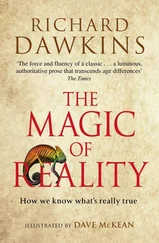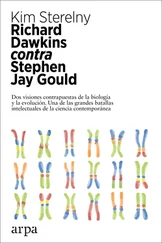***

[1]Strictly speaking, there are exceptions. Some animals, like aphids, reproduce without sex. Techniques such as artificial fertilization make it possible for modern humans to have a child without copulating, and even – since eggs for in vitro fertilization could be taken from a female fetus – without reaching adulthood. But for most purposes the force of my point is undiminished.
[2]Readers might like to keep these points in mind when consulting Wonderful Life, Stephen J. Gould's beautifully written account of the Burgess Shale Cambrian fauna.
[3]This is not the first time I have used this knock-down argument, and I must stress that it is aimed strictly at people who think like my colleague of the calabash. There are others who, confusingly, also call themselves cultural relativists although their views are completely different and perfectly sensible. To them, cultural relativism just means that you cannot understand a culture if you try to interpret its beliefs in terms of your own culture. You have to see each of the culture's beliefs in the context of the culture's other beliefs. I suspect that this sensible form of cultural relativism is the original one, and that the one I have criticized is an extremist, though alarmingly common, perversion of it. Sensible relativists should work harder at distancing themselves from the fatuous kind.
[4] The Spectator (London), August 6, 1994.
[5]I hope this does not give offense. In support of my point, I cite the following from Science and Christian Belief, by a distinguished physicist, the Reverend John Polkinghorne (1994, p. 16): “Someone like Richard Dawkins can present persuasive pictures of how the sifting and accumulation of small differences can produce large-scale developments, but, instinctively, a physical scientist would like to see an estimate, however rough, of how many steps would take us from a slightly light-sensitive cell to a fully formed insect eye, and of approximately the number of generations required for the necessary mutations to occur.”













